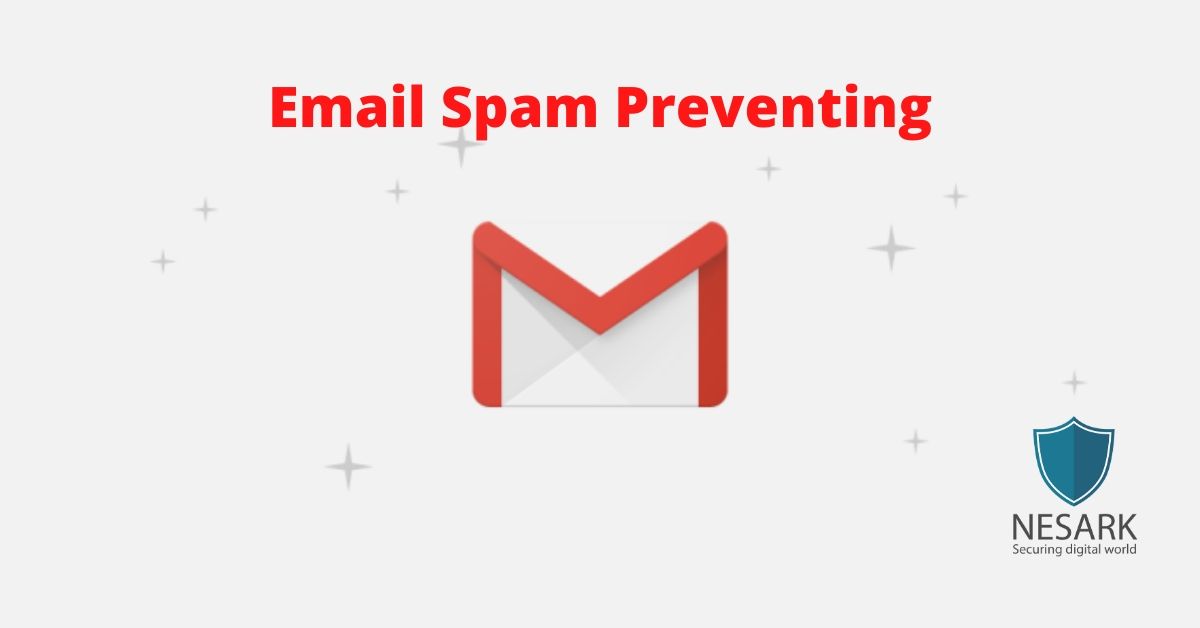Email spam is not only annoying but also dangerous to users. So, what is email spam?
Email Spamming is a variant of Bombing; it refers to sending Email to hundreds or thousands of users (or to lists that expand to that many users). Email spamming can be made worse if recipients reply to the Email, causing all the original addressees to receive the reply. It may also occur innocently, as a result of sending a message to mailing lists and not realizing that the list explodes to thousands of users, or as a result of a responder message (such as vacation(1)) that is setup incorrectly.
Email Password Hacking:-
There is no specified attack available just to hack the password of Email accounts. Also, it is not so easy to compromise the Email server like Yahoo, Gmail, etc.
Email Password Hacking can be accomplished via some of the Client Side Attacks. We try to compromise the user and get the password of the Email account before it reaches the desired Email server.
We will cover many attacks by the workshop flows, but at this time we will talk about the very famous ‘Phishing attack’.
Phishing :-
The act of sending an Email to a user falsely claiming to be an established legitimate enterprise in an attempt to scam the user into surrendering private information that will be used for identity theft.
The Email directs the user to visit a Web site where they are asked to update personal information, such as passwords and credit card, social security, and bank account numbers, that the legitimate organization already has. The Web site, however, is Bogus and set up only to steal the User’s information.
Phishing scams could be
Emails inviting you to join a Social Group, asking you to Login using your Username and Password.
Email saying that Your Bank Account is locked and Sign in to Your Account to Unlock IT.
Emails containing some Information of your Interest and asking you to Login to Your Account.
Any Email carrying a Link to Click and asking you to Login.
Prevention against Phishing:-
Read all the Email Carefully and Check if the Sender is Original
Always check the URL in the Browser before Signing IN to your Account. Always Login to Your Accounts after opening the Trusted Websites, not by Clicking in any other Website or Email.
Thank you…

